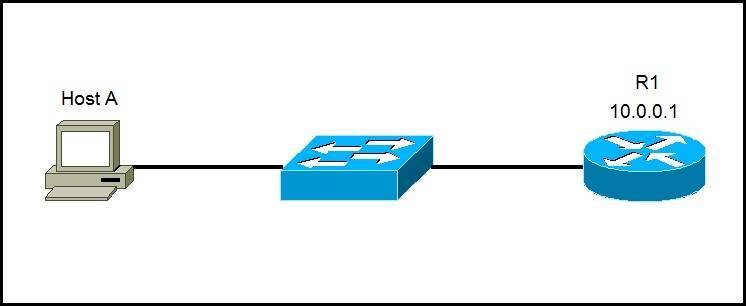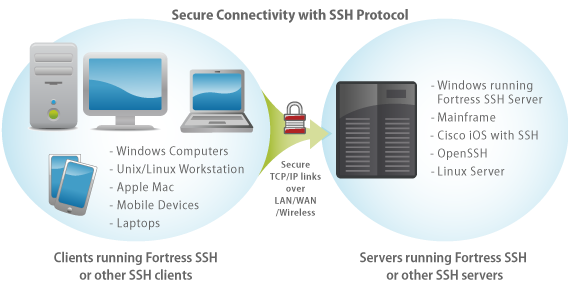
- Xquartz ssh protocol install#
- Xquartz ssh protocol generator#
- Xquartz ssh protocol manual#
- Xquartz ssh protocol software#
- Xquartz ssh protocol download#
MacBook-Pro:opencv-gui csaftoiu$ DISPLAY=`ipconfig getifaddr en0`:0 xterm Xterm: Xt error: Can't open display: 127.0.0.1:0 MacBook-Pro:opencv-gui csaftoiu$ DISPLAY=127.0.0.1:0 xterm

The following do not work though, not sure why based on the answer here: xterm: Xt error: Can't open display: localhost:0 This value works from a regular OSX too: $ DISPLAY=:0 xterm Srw-rw-rw- 1 csaftoiu wheel 0B May 6 21:12 /private/tmp/.3wncZULdXC/:0 MacBook-Pro:opencv-gui csaftoiu$ ls -alh $DISPLAY The pseudo-file exists, though: MacBook-Pro:opencv-gui csaftoiu$ echo $DISPLAY Xterm: Xt error: Can't open display: /private/tmp/.3wncZULdXC/:0 Testing it out, if I try to open an xterm, it does not work: MacBook-Pro:opencv-gui csaftoiu$ xterm
Xquartz ssh protocol install#
I've installed it via homebrew, via brew cask install xquartz. I believe my question may be answered by just the first part, but just in case (to avoid the XY problem), I've provided the second part as well.
Xquartz ssh protocol download#
Xquartz ssh protocol software#

Xquartz ssh protocol generator#
8.2 Using PuTTYgen, the PuTTY key generator.8.1 Public key authentication - an introduction.Chapter 8: Using public keys for SSH authentication.7.3 Using Plink in batch files and scripts.Chapter 7: Using the command-line connection tool Plink.6.3 Using public key authentication with PSFTP.Chapter 6: Using PSFTP to transfer files securely.Chapter 5: Using PSCP to transfer files securely.4.27 The ‘Bare ssh-connection’ protocol.3.10 Connecting using the SUPDUP protocol.3.9 Connecting using the Rlogin protocol.3.8 Connecting using the Telnet protocol.3.3 Altering your character set configuration.3.2 Creating a log file of your session.1.2 How do SSH, Telnet, Rlogin, and SUPDUP differ?.1.1 What are SSH, Telnet, Rlogin, and SUPDUP?.See appendix D for the licence text in full. You may distribute this documentation under the MIT licence.
Xquartz ssh protocol manual#
This manual is copyright 1997-2021 Simon Tatham. The only Unix-specific documentation that currently exists is the man pages. Some options are therefore mentioned that are absent from the Unix version the Unix version has features not described here and the pterm and command-line puttygen and pageant utilities are not described at all. Note to Unix users: this manual currently primarily documents the Windows versions of the PuTTY utilities. This manual documents PuTTY, and its companion utilities PSCP, PSFTP, Plink, Pageant and PuTTYgen.įor Xming specific use see Xming-portablePuTTY.

PuTTY is a free (MIT-licensed) Windows Telnet and SSH client. Previous | Contents | Index | Next PuTTY User Manual


 0 kommentar(er)
0 kommentar(er)
